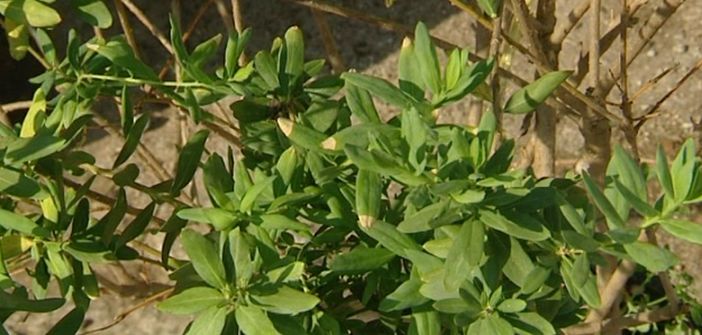The “green plague” is back? After the damage of recent years, it was thought that this bacterium had been eradicated. Not at all, nature cannot be permanently controlled.
But as a reminder, what are we talking about? Xylella fastidiosa is the only species of the genus Xylella, and five subspecies are described: fastidiosa, sandyi, multiplex, pauca, tashke.
Some strains are responsible for deadly or potentially deadly diseases in various cultivated plant species of commercial interest, including grapevines, olive trees, and citrus fruits. In 2015, among 5 newly found infected cultivated plant species were lavender, rosemary, cork oak, and common myrtle, increasing the number of susceptible species listed in France from 10 to 15.
As part of the reinforced vigilance of the State services, three shrubs located in the communes of Antibes and Saint Laurent du Var have just been identified as carriers of the Xylella fastidiosa bacterium subspecies multiplex by the ANSES plant health laboratory.
One of these shrubs, a Spanish broom (Spartium junceum), was sampled in the commune of Saint Laurent du Var as part of the enhanced surveillance of the infected zone created following the discovery of a first outbreak in this commune at the end of 2015.
The other two shrubs, two myrtle-leaved milkworts (Polygala myrtifolia), were sampled in the commune of Antibes as part of the surveillance of the buffer zone created following the discovery of a first outbreak in this commune at the end of 2015.
In applying the control measures aimed at preventing the introduction and spread of Xylella fastidiosa in the European Union, the following measures are being implemented:
– Delimitation of an “infected” area of 100 m around the contaminated plants: all plants will be disinfected and host plants will be uprooted.
– Delimitation of a new “buffer” zone of 10 km around this infected area, in which the movement of specified and host plants (about 200 plant species at risk) is regulated.
An epidemiological investigation aimed at determining the origin of the contaminated plants and their planting dates is also underway.
These new cases bring the total to 17 in the Alpes Maritimes and 4 in the Var.


